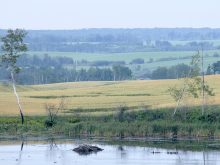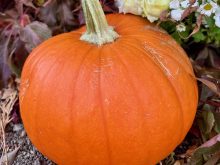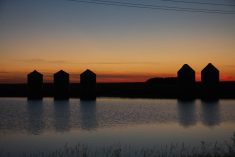A British Columbia researcher is seeking traditional remedies from plants close to home to combat health issues in many native communities.
Allison McCutcheon, president of the Natural Health Product Research Society of Canada, cited the artemisia family of plants as holding the most promise.
They range from tarragon to mugwort and grow wild on many reserves.
Citing knowledge drawn from centuries of use by natives, she said these plants were used to lessen digestive upset, reduce swelling and heal infections.
Research is underway into their role in preventing tuberculosis, a growing problem among First Nations, she said.
Read Also

Rural Manitoba resources slim on natural disaster planning
A study from Brandon University’s Rural Development Institute has found that many rural and small municipalities don’t have the staff or resources to make formal climate plans against natural disaster.
“It would be a good fit to find a traditional medicine for natives,” said McCutcheon, interviewed last week during a joint conference of the Natural Health Products Research Society of Canada and Canadian Herb, Spice and Natural Health Products Coalition in Saskatoon.
McCutcheon said sagebrush is commonly used in the purifying and cleansing rituals of sweat lodges but could have many other uses.
She said researchers are studying its use as an ingredient in a biodegradable diaper because of its ability to absorb liquid and prevent diaper rash.
It was once placed in the nostrils to cure headaches and boiled in teas and applied to wounds.
In Chinese acupuncture, these plants are burned like incense and placed on pressure points in a process known as moxibustion.
Because artemisia varieties grow wild in Canada, they are regarded as clean and free of the pollutants found in other parts of the world where they grow.
While that could be a strong selling point for Canadian supplies in future, careful attention must be paid now to preserve the natural stocks.
In addition to deriving health benefits from the plants, McCutcheon also wanted to ensure financial benefits to the First Nations who might become involved in gathering these wild materials for suppliers.
In other research news, the conference provided information on studies with the northern Quebec Cree using ericaceae plants like cranberries and blueberries from the Canadian boreal forest to treat symptoms of Type 2 diabetes. The Cree experience diabetes at a rate close to five times the national average.














